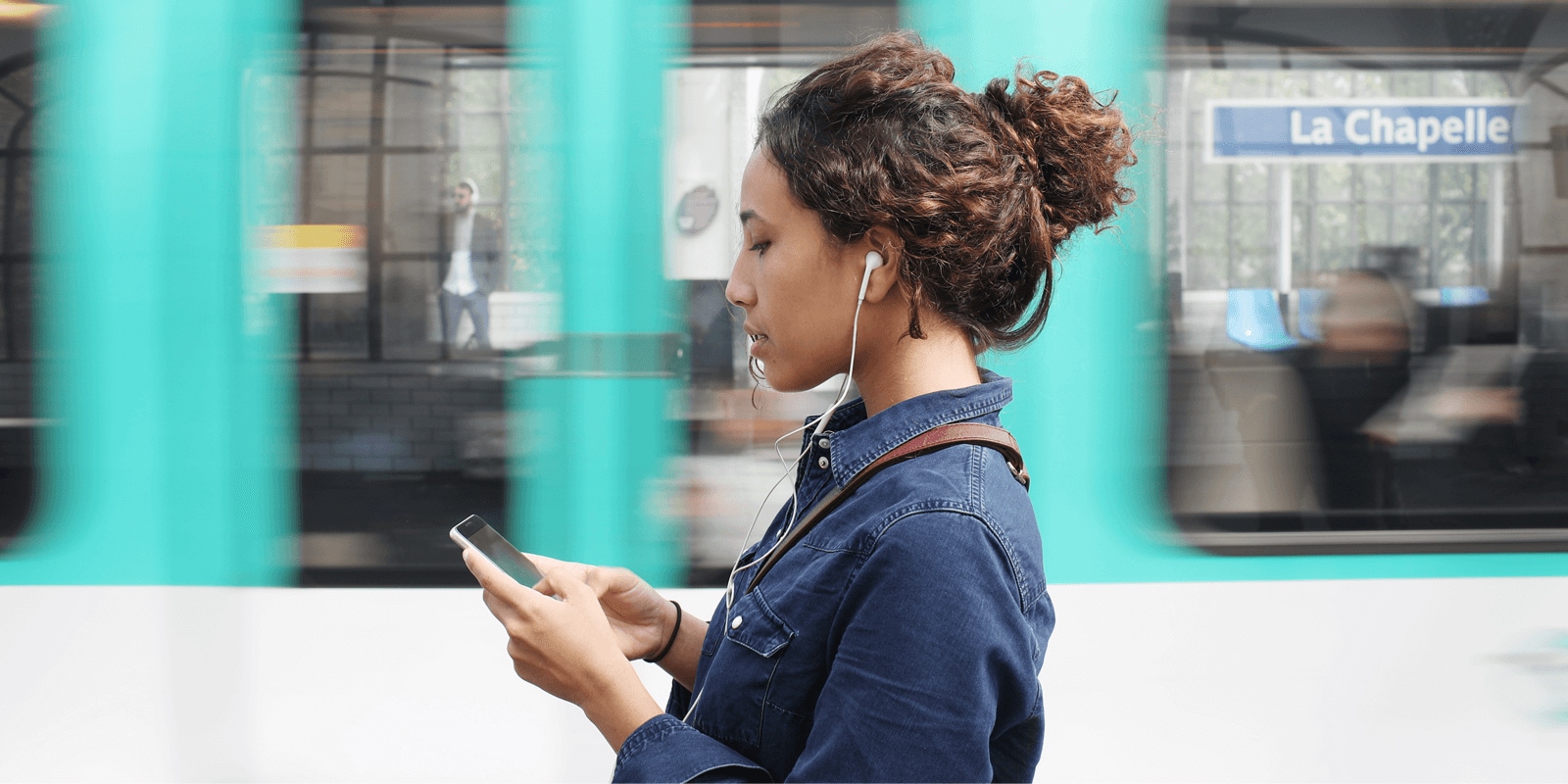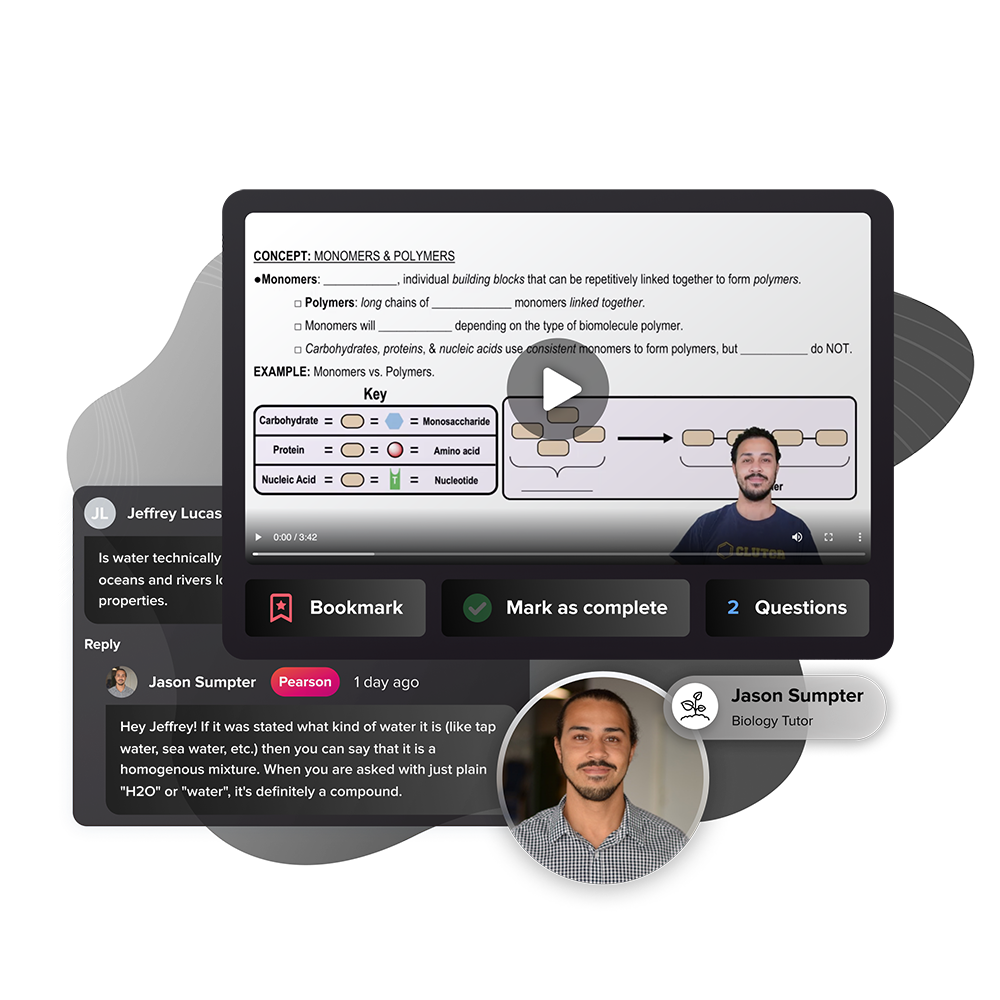Resources for students and educators
Find tools that drive effective learning in the classroom

Shop for your courses
Find your eTextbook, download our study tools, log into your learning platform and more

Discover resources for your discipline
Browse titles and teaching resources by discipline, explore tech for personalized learning and more
Ideas From Our Community
Higher Education Blog
Explore insights, trends, and research that impact teaching, learning, and leading.
